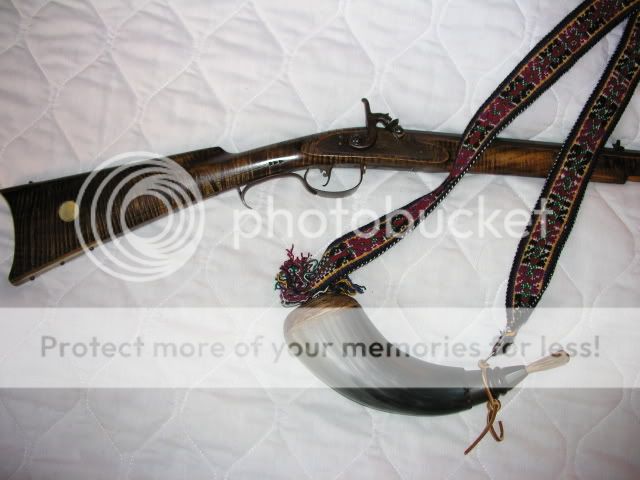Ike Godsey
45 Cal.
Dan Phariss said:SFAIK
???WHAT???

Dan Phariss said:SFAIK
Would also like to add that in the furniture trade the "quarter-sawn" ultra wavy pattern seen in oak or ash is done in similar fashion to this illustration but with the cuts being made in the "slice of pie" quarter log from side to side rather than from edge to center as shown here. In the furniture trade, they are looking for a more irregular wave pattern which comes by slicing along the trunk's ring edges. This is fine for cutting boards for "quarter-sawn" oak furniture, but would be wasteful for gun stocks.Stumpkiller said:

Birdwatcher said:The next question is I suppose how much did they value stock grain configuration as opposed to carvings/inlays back then?
I had heard somewhere not so much, that placing high value on grain was mostly a modern thing.
But then Henry Lehman actually painted fake grain stripes on his trade rifles (1830's on???) so by that date, stock grain was apparently valued by the Indians, perhaps this was because such guns were otherwise so plain I dunno.
Birdwatcher
Loyalist Dave said:Access?
Would the dye that was used have highlighted the curl, Or did the dye technique needed to really bring out the curl come about later in the century, say just at around the F&I, and after, resulted in curly maple being used more for furniture and gunstocks then before?
:idunno:
LD
Enter your email address to join: